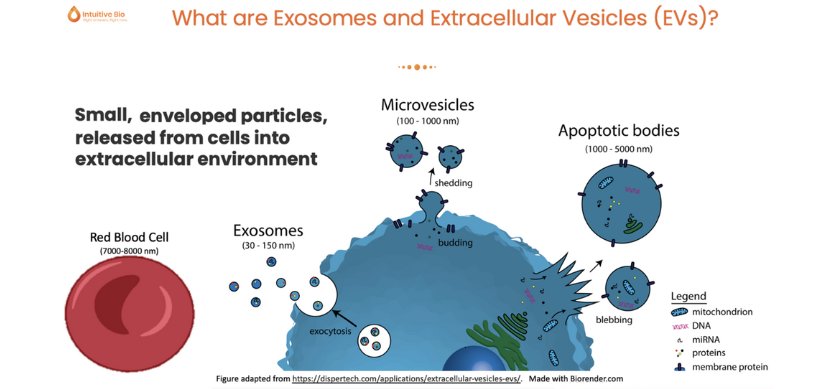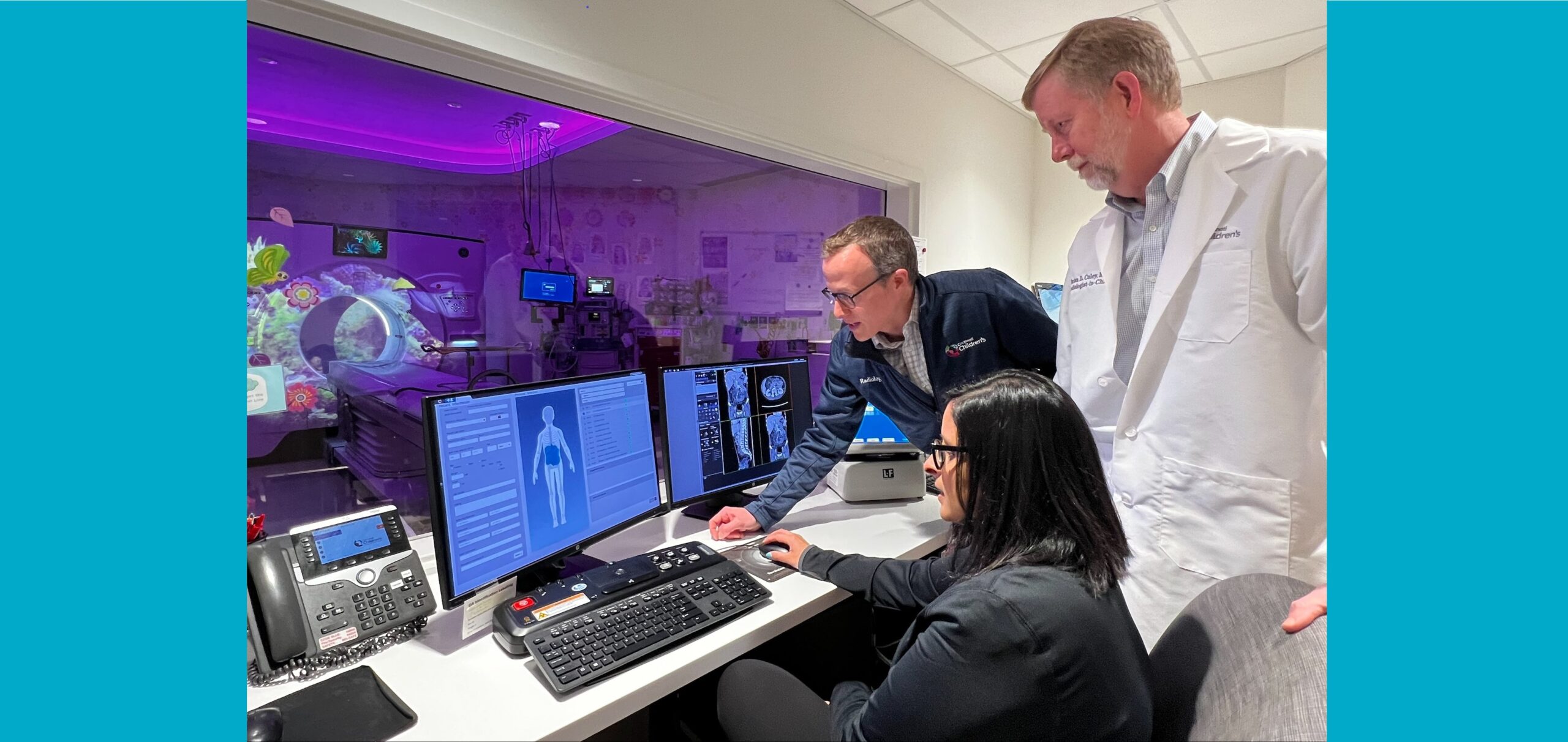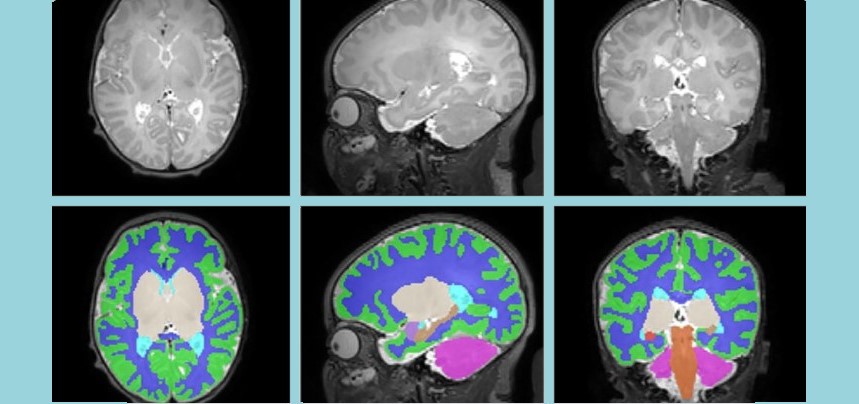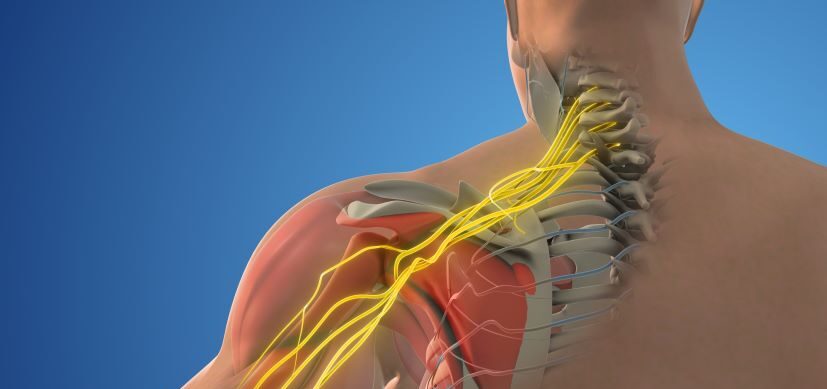Case Study: How Evie Survived Hantavirus
Post Date: March 12, 2025 | Publish Date: June 2024

In 2022, clinicians raced to save a teen from North Dakota who did not know she had been infected before visiting Cincinnati
The recent death of Betsy Arakawa, the spouse of acclaimed actor Gene Hackman, in New Mexico may serve as a reminder of the deadly threat hantavirus infections can pose.
While this disease rarely occurs in the U.S. east of the Mississippi River, experts at Cincinnati Children’s encountered a surprising case in 2022, which was featured in local news reports and presented as a case study in the The Pediatric Infectious Disease Journal.
In July 2022, Evie, a 14-year-old previously healthy female from North Dakota developed headache, fever, abdominal pain and malaise. Two days later, after her condition worsened to include nausea, shortness of breath and other symptoms, she sought evaluation and treatment at an urgent care clinic in Cincinnati.
When a chest X-ray showed signs of pneumonia, she was sent to Cincinnati Children’s, where she presented in acute respiratory distress and was admitted to intensive care. Within 24 hours of admission, Evie acutely decompensated, swiftly progressing to acute respiratory distress syndrome with septic shock and multisystem organ failure, including a nine-minute cardiac arrest that required cardiopulmonary resuscitation. Ultimately, she was placed on extracorporeal membrane oxygenation (ECMO), which supported Evie while clinicians raced to stabilize her.
Details of Evie’s treatments were recounted by co-authors Ashton Hall, MSc, Danielle Fayad, MD, and Mary Staat, MD, MPH. A large care team at Cincinnati Children’s was involved.
“One unique feature of this case is our patient’s age. Less than 10% of hantavirus pulmonary syndrome (HPS) cases occur in children (0–12 years) or adolescents (13–18 years),” the co-authors wrote. “HPS is associated with a high case fatality rate of 35% across all age groups. However, progression from symptom onset to clinical deterioration in children with HPS is significantly shorter than in adults. Our patient’s acute decompensation within 24 hours of admission highlights the dramatic nature of this infection. Clinicians must maintain a high index of suspicion for HPS in any pediatric patient who presents with fulminant respiratory failure and possible rodent exposure west of the Mississippi River, where 94% of HPS cases occur.”
Now, fully recovered, Evie is running track and dreaming of becoming a nurse. She recently returned to Cincinnati Children’s to meet members of the team who saved her life.
“I’m just really thankful to be here and that all the people here played a huge role in my getting better,” Evie says.
Watch a YouTube video (below) from Cincinnati Children’s
See also this story on Local 12
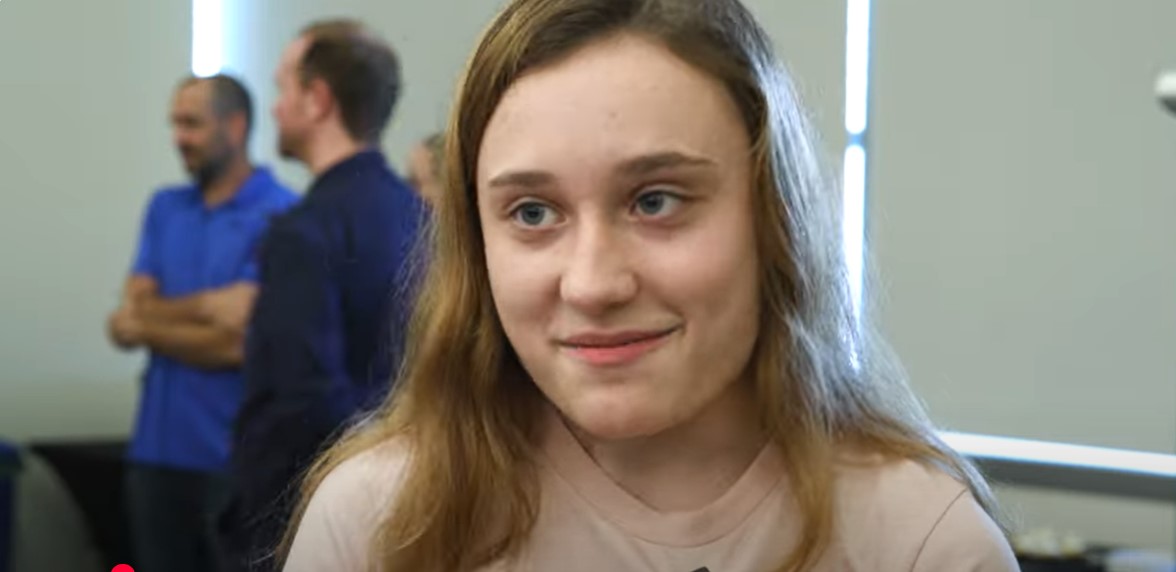
| Original title: | Hantavirus Pulmonary Syndrome in an Adolescent from North Dakota |
| Published in: | The Pediatric Infectious Disease Journal |
| Publish date: | June 2024 |




